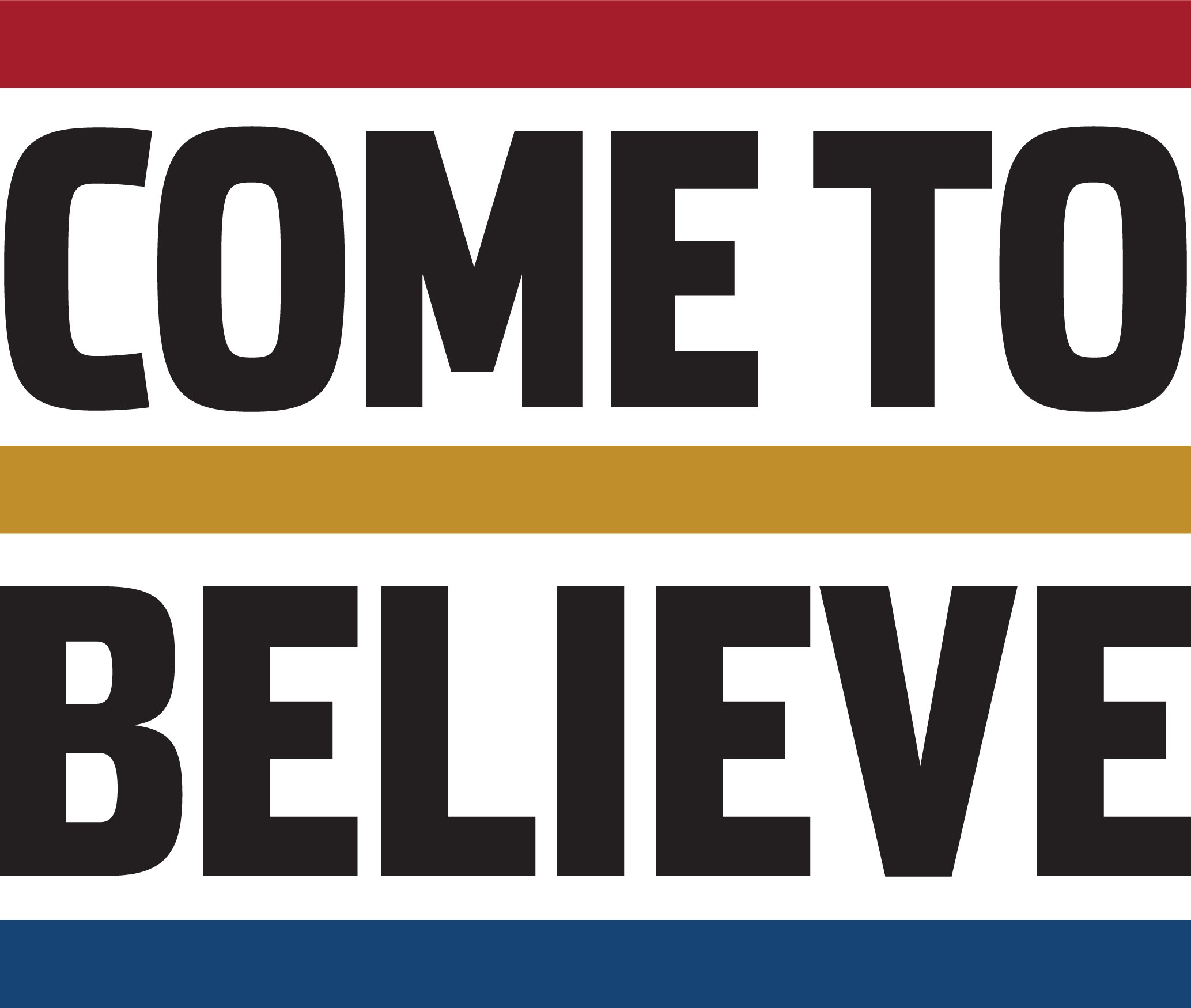Insights from Arrupe and DFC on Supporting Transfer Students: A Conversation with Arrupe’s Mariaton Tate and DFC’s Amanda Yang
Arrupe College’s Assistant Dean of Student Success, Mariaton Tate (left) and Dougherty Family College’s College Transfer Counselor, Amanda Yang (right)
Come to Believe (CTB) exists to support students who may not have the academic qualifications or financial resources to begin college at a four-year university. We believe that with the appropriate support, these students can not only achieve an associate degree—they can transfer and graduate from a four-year institution. Our model assists students through the transfer process and equips them with the skills necessary to succeed in a bachelor's degree program. We believe this personalized attention is why our students have a higher average graduation rate than other transfer students.
We sat down with Mariaton Tate, Assistant Dean for Student Success at Arrupe College at Loyola University Chicago, and Amanda Yang, College Transfer Counselor at Dougherty Family College (DFC) of the University of St. Thomas to learn more about how the schools prepare students to transfer.
Q: How does the program help students to imagine their next steps after graduating with an associate degree?
Mariaton: In the past, our Transitions Coordinator, Colleen Clark, began to talk to students about transferring during their sophomore year. But she realized that she needs to begin the process earlier and get students thinking about their future from the beginning of their time at Arrupe. Now, she gets to know all students starting freshman year. During sophomore year, her support gets more intensive. Students fill out a survey about their plans, which triggers an appointment with Colleen to discuss next steps. Beyond working with Colleen, students have the opportunity to attend events where they learn about their options for transferring. For example, we recently hosted a fair with Illinois private colleges and universities.
Amanda: We work alongside the students to help plan their next steps. For students who want to attend a four-year degree program, we make sure they have everything they need to enroll. Our support begins during the summer enrichment program in their first year, during which we plant the seeds, but we work more closely with sophomores. We meet at least two times a semester—-walking through the admissions process and explaining how transferring college credits works. We help them choose a major and figure out which four-year program would be best for them. Transfer students often have barriers with money, so we recommend scholarships, including the full-tuition scholarship at University of St. Thomas. It helps that we are a small school, with 204 students this year.
Q: How does your college set students up for success as transfer students?
Mariaton: Our model is built around wrap-around services that ensure students are ready for life after attending our college. That’s why the Office of Student Services exists. Students are put into a cohort of 20-25 other students from the beginning who all have the same advisor. I know when I attended Illinois State University, I was one of a few hundred in my advisor’s caseload and didn’t always get their full attention. Our small cohort-based model helps students get personalized support they need to graduate from Arrupe and move into a bachelor’s degree program at Loyola or elsewhere. We have a dedicated group of people here who really want students to succeed. We constantly check in on our students. All the student support positions work together in a symbiotic way to help students graduate and know what to expect after Arrupe.
Amanda: Our office networks with college partners, both internally at University of St. Thomas and externally at other schools that would be a good fit for our alumni. We encourage admissions counselors at these schools to work with our students. Every year, we host two college fairs and a majors and career exploration fair. Additionally, my office attends cohort meetings at DFC to get students thinking about transferring. Our College Persistence Counselor, Katia Colón-LaCroix, works with students after they depart DFC to help them graduate from the school . She also talks with current DFC students about what to expect in their first semester of college, as well as what goes into different degree pathways. At DFC, we’re really focused on building relationships with our students to make sure they’re not overwhelmed.
Q: How can other higher education institutions better support transfer students?
Mariaton: I was previously a career advisor, so I know a lot about the challenges both students and institutions face. In that role, I met a lot of transfer students who were in their junior year, but they were having a totally new experience. It can be overwhelming to relearn everything. These students really need individualized attention and outreach. In higher ed, we need to walk the walk and put money behind helping them. We should hire people whose full-time job is working with transfer students—doing outreach and following up to make sure they’re on the path to graduation. The first three to four weeks of the semester are pivotal for this population. They need to learn where to get food, where to study and how to navigate the campus. Transfer offices also should assist students in locating off-campus housing, which can be hard to find if you’re new in town.
Amanda: Many higher ed institutions assume students are ready after a two-year program, but really, this demographic needs extra support. Just hosting an orientation isn’t enough; instead, schools should hire College Persistence Counselors like our Katia. Many four-year schools don’t ask students what they need or what their goals are so they can figure out how to best support them. Intrusive advising, where counselors proactively build relationships and suggest resources for students, is one way to address this issue. Additionally, this group faces financial challenges and really needs more grants, emergency funding and food insecurity support. Finally, schools should make it easier to transfer by working with two-year institutions to ensure credits transfer directly.

